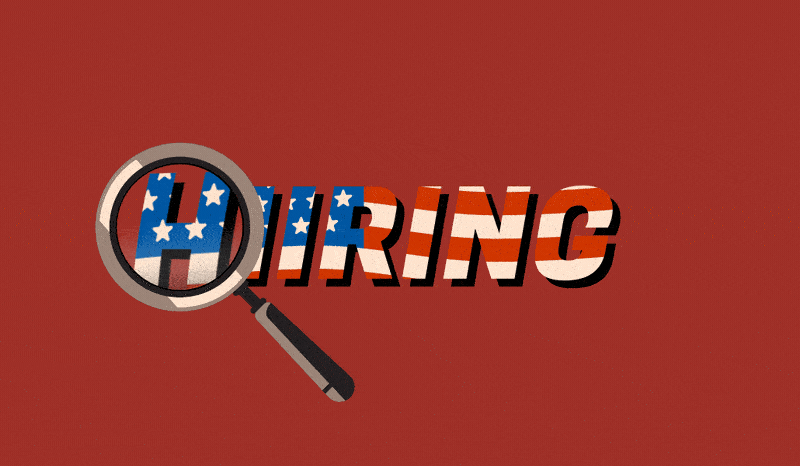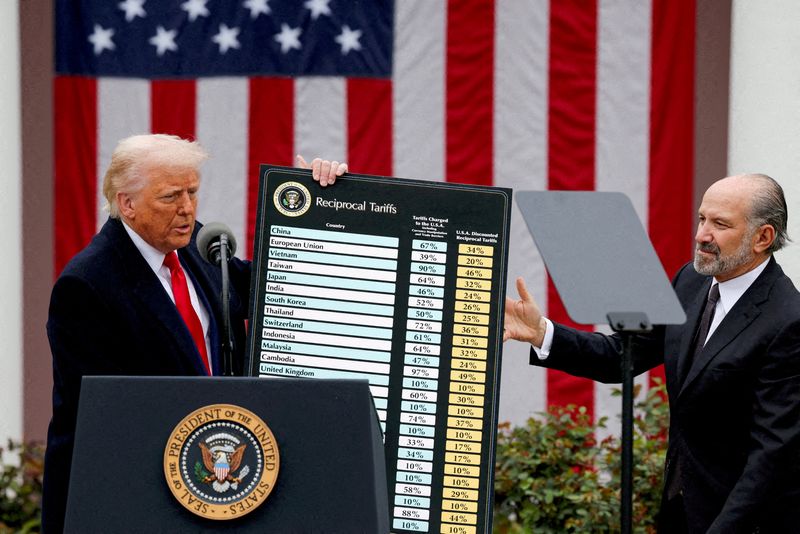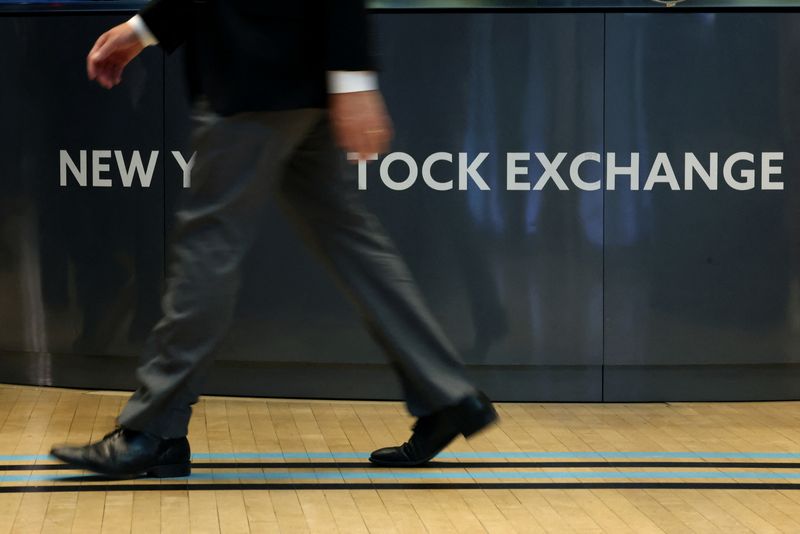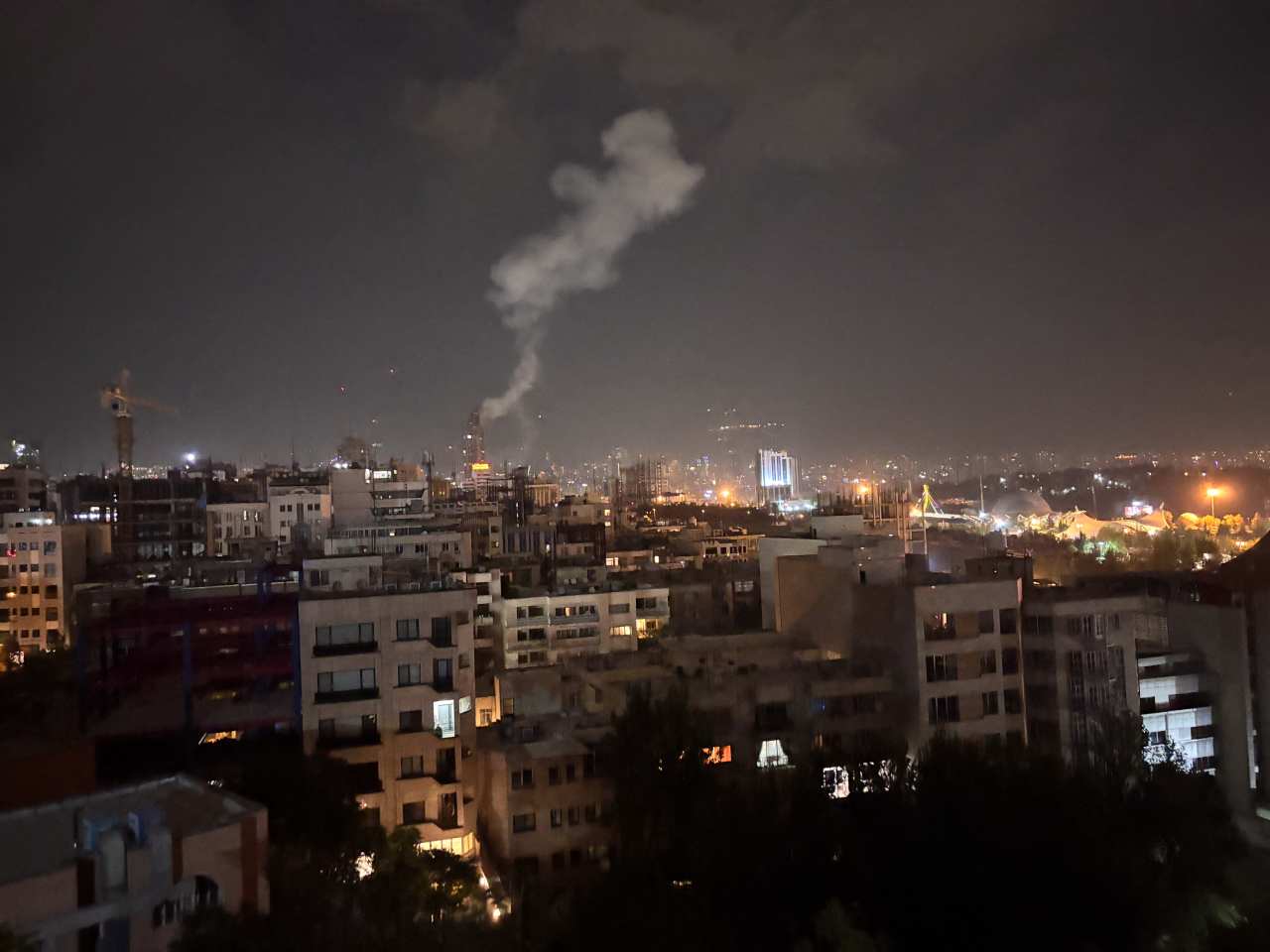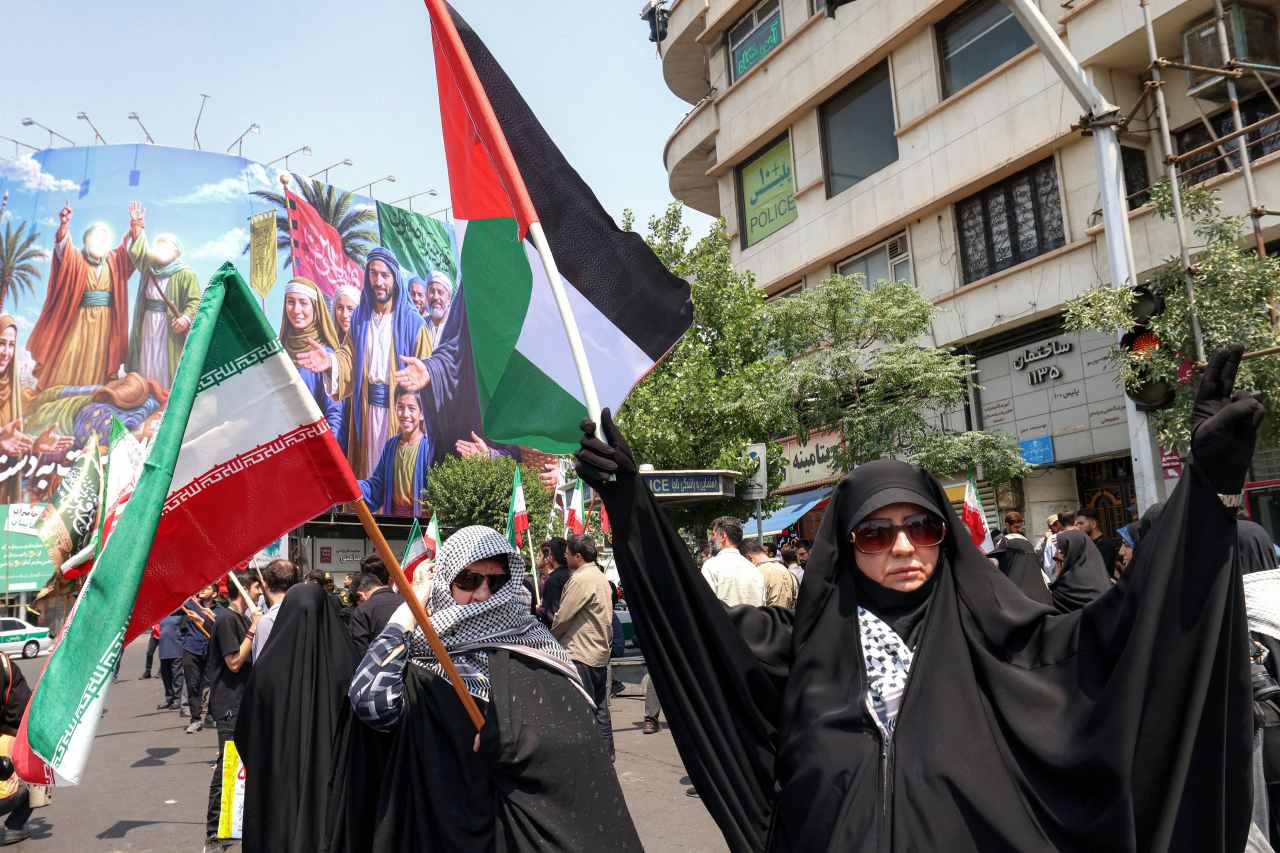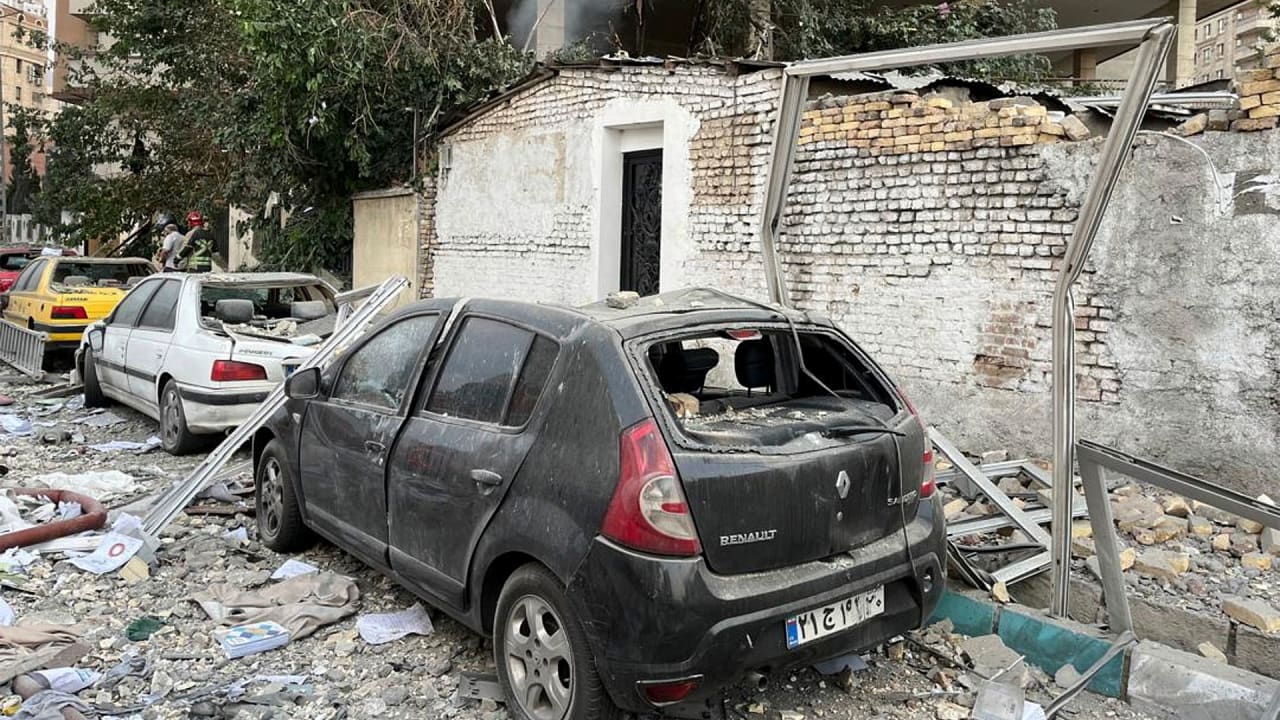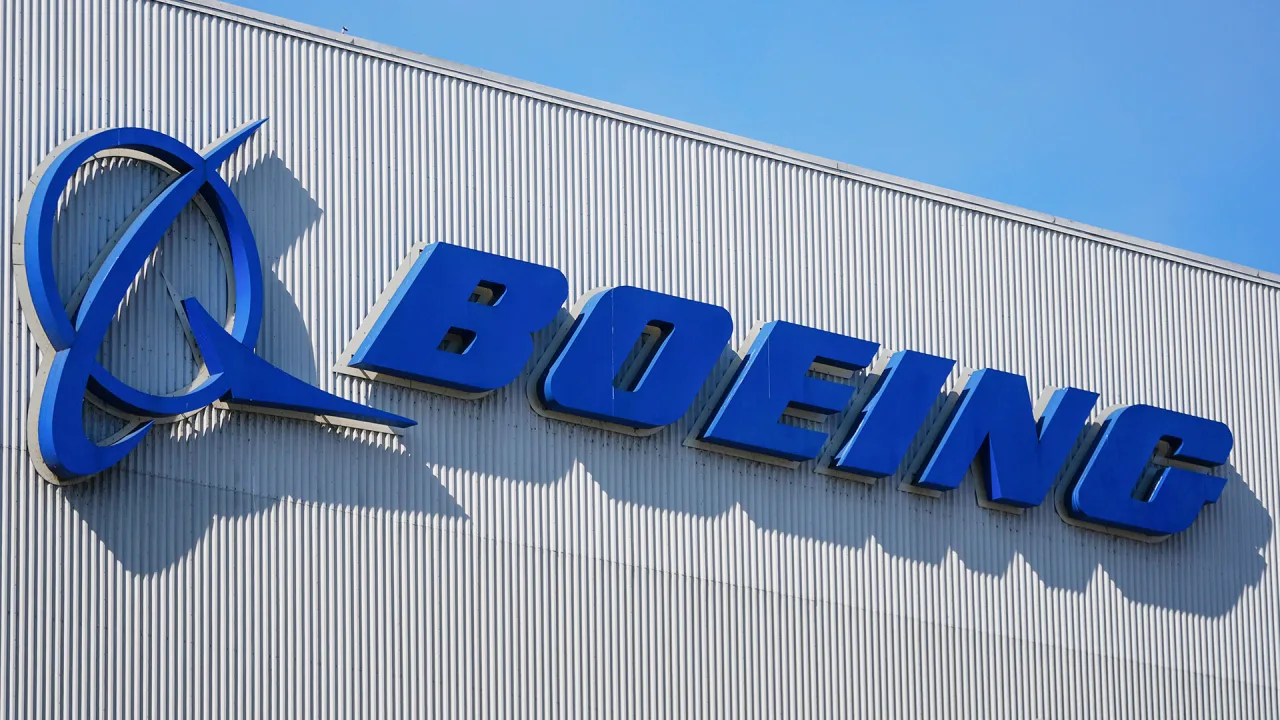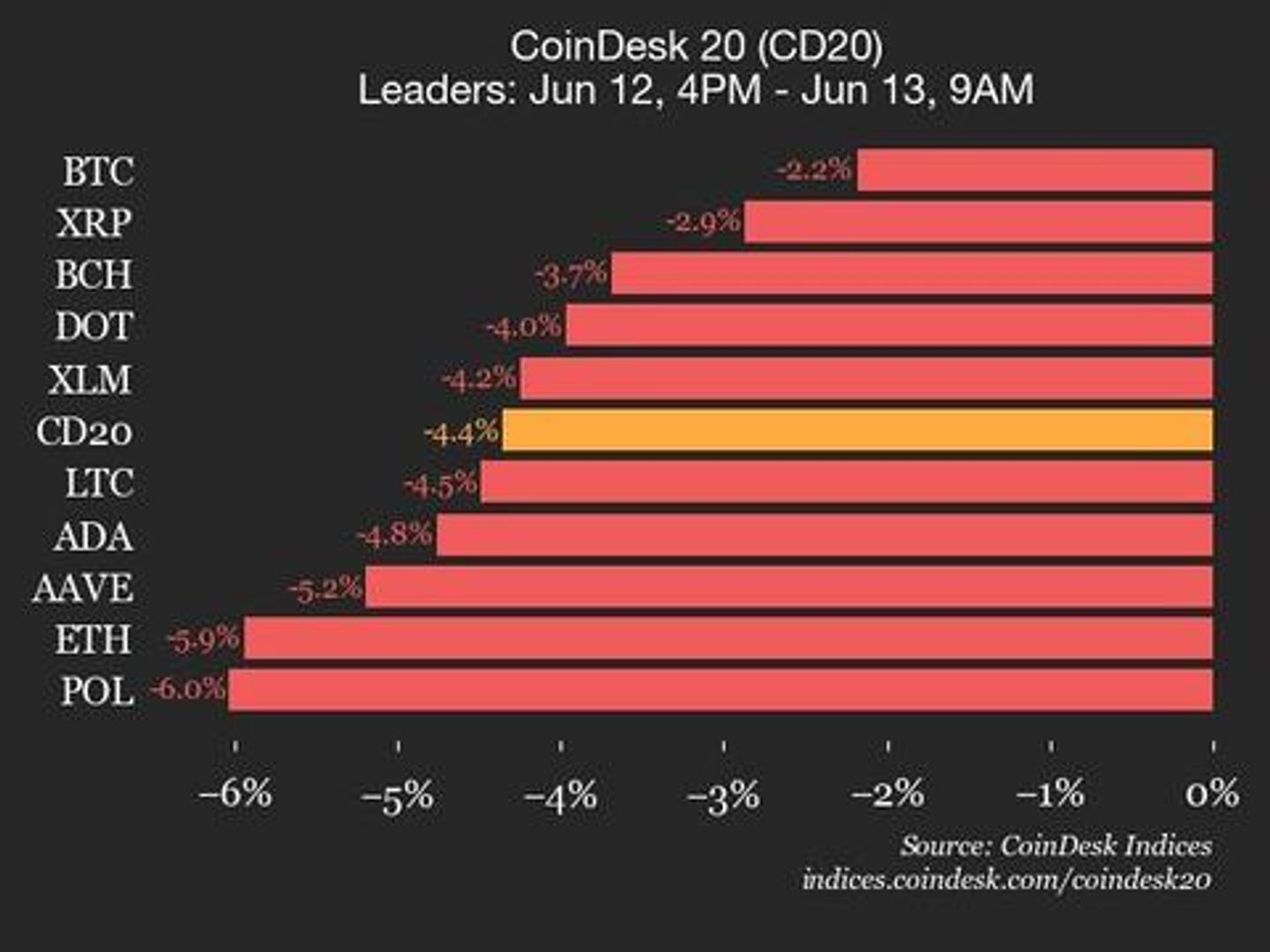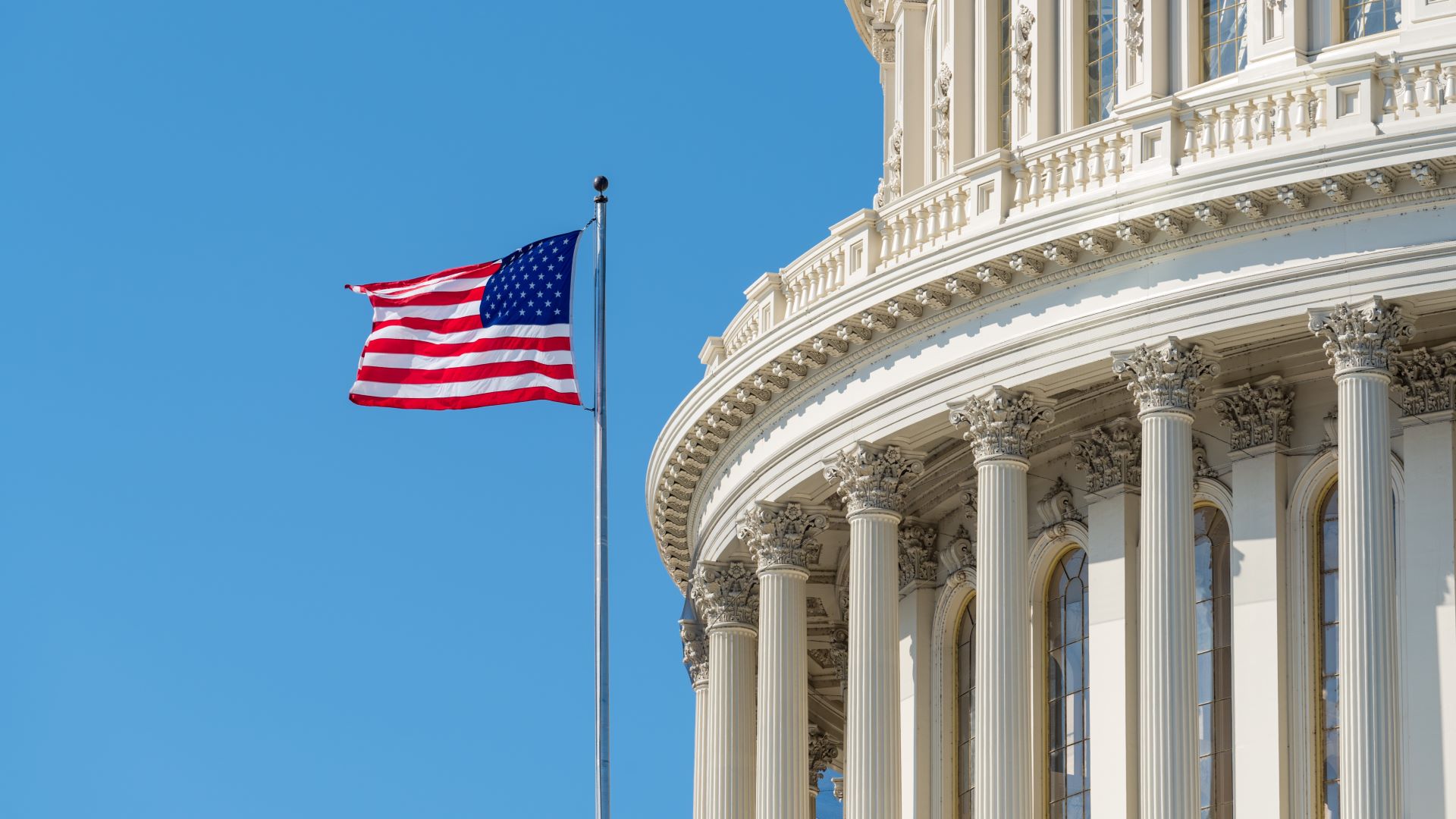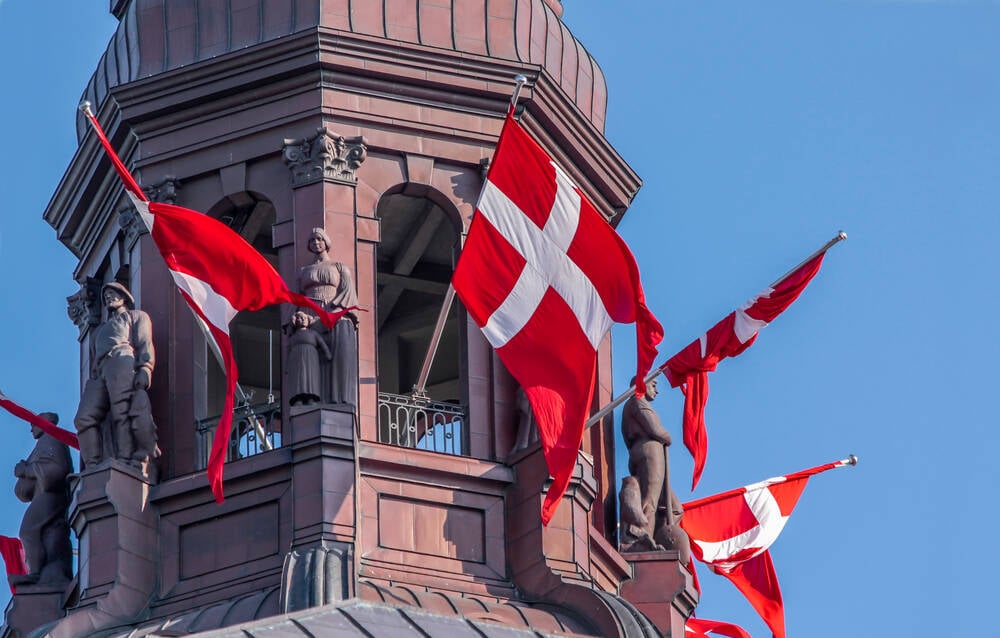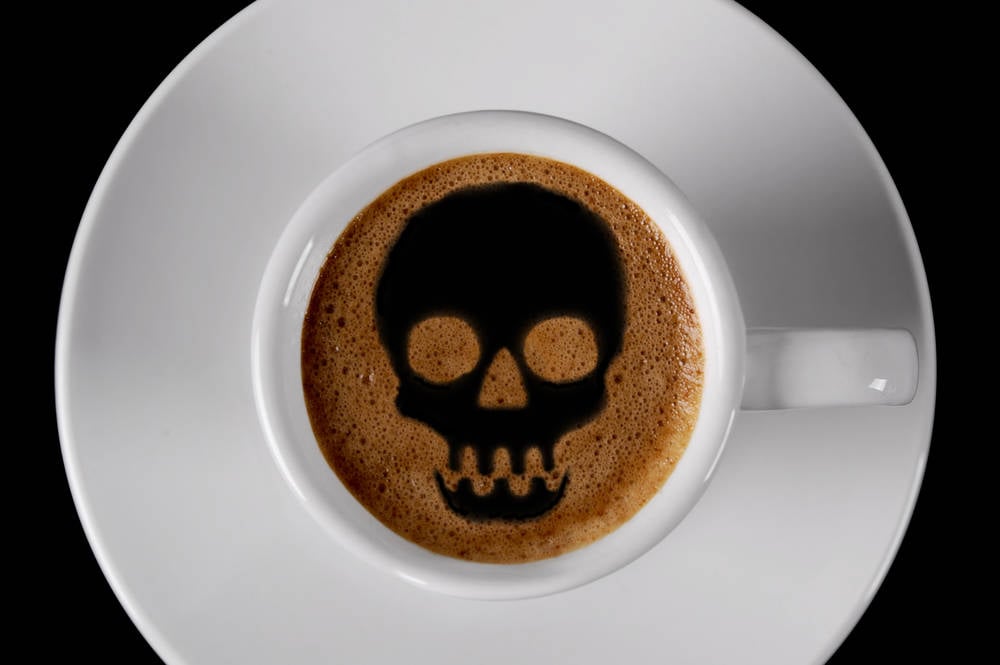Boeing stock sinks after fatal crash of Air India Dreamliner, the same model whistleblowers warned the FAA about
The fatal accident puts a halt to the plane-maker’s recovery following six years of fallout from production and safety woes.

- Air India flight 171, en route to London from Ahmedabad, India, crashed after takeoff on Thursday, killing more than 200 people. The plane was a Boeing Dreamliner 787-8 jet. Following reports of the crash, Boeing shares toppled about 5%, halting a monthslong stock rally reflecting the aircraft manufacturer’s recovery from years of air-safety scrutiny.
Boeing shares have fallen more than 5% following a deadly crash of an Air India flight on Thursday, which killed more than 200 people.
Air India flight 171 was a Boeing Dreamliner 787-8 jet leaving the Indian city of Ahmedabad en route to London, the airline said. The passenger plane contained 242 individuals, including 230 passengers and 12 crew members. No one is expected to have survived the crash, according to Ahmedabad city police chief G.S. Malik.
Officials have not said the cause of the crash, which could take months or years to determine.
“I would like to express our deep sorrow about this event,” Air India CEO Campbell Wilson said in a video posted on social media. “This is a difficult day for all of us at Air India, and our efforts now are focused entirely on the needs of our passengers, crew members, their families and loved ones.”
“We are in contact with Air India regarding Flight 171 and stand ready to support them,”
a Boeing spokesperson told Fortune in a statement. “Our thoughts are with the passengers, crew, first responders and all affected.”
The disaster marks the end of a stock rally from the plane maker, which began in April as the company doubled its aircraft deliveries from the year before. Momentum continued to build in May, when Boeing secured more than 300 new orders and produced 38 new 737 MAX jets.
Boeing’s recent share-price climb marked a departure from more than six years of struggles with production and safety concerns. In 2018, Lion Air Flight 610, a Boeing 737 Max 8, crashed into the Java Sea after departing from Jakarta and killed 189 people. Ethiopian Airlines flight 302, the same Boeing jet model, crashed months later and killed 157.
Last month, the Justice Department reached a deal with the plane manufacturer, allowing it to avoid criminal prosecution for allegedly misleading U.S. regulators about the jet model prior to both deadly accidents. The Justice Department will drop its fraud charges so long as Boeing pays a $1.1 billion fine, as well as $445 million to the crash victims’ families.
The Dreamliner 787 aircraft, until Thursday, had never experienced a fatal crash but has been under scrutiny for years. The Federal Aviation Administration halted production of the aircraft in 2021, just 10 years after the model was introduced, after finding a manufacturing flaw. Though manufacturing resumed the next year, Boeing whistleblowers have raised concerns about the Dreamliner. Longtime Boeing engineer Sam Salehpour filed a complaint to the FAA and told Congress in April 2024 that the skin on the Dreamliner jets were not fastened appropriately, putting them at risk to break apart.
Boeing did not respond to Fortune’s inquiry about the safety of the Dreamliner 787, but last year denied Salehpour’s allegations and defended its safety and quality testing.
“I am doing this not because I want Boeing to fail,” Salehpour previously told reporters, “but because I want it to succeed and prevent crashes from happening.”
This story was originally featured on Fortune.com




![X Highlights Back-To-School Marketing Opportunities [Infographic]](https://imgproxy.divecdn.com/dM1TxaOzbLu_kb9YjLpd7P_E_B_FkFsuKp2uSGPS5i8/g:ce/rs:fit:770:435/Z3M6Ly9kaXZlc2l0ZS1zdG9yYWdlL2RpdmVpbWFnZS94X2JhY2tfdG9fc2Nob29sMi5wbmc=.webp)



